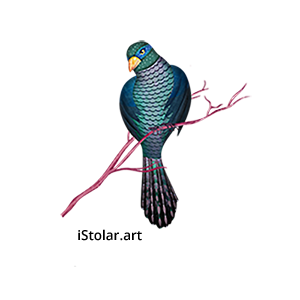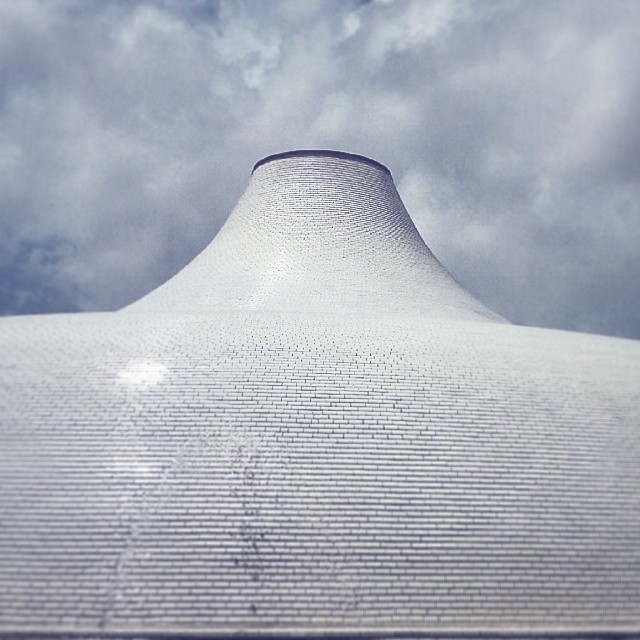
A day in the museum!
(ENGLISH only …pardon my mistakes)
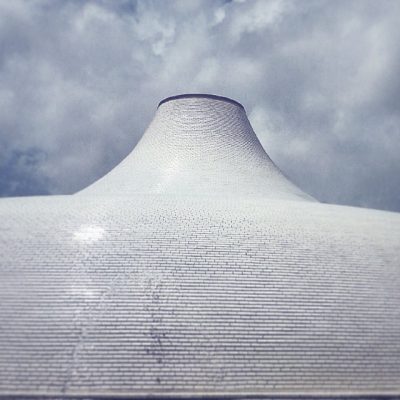
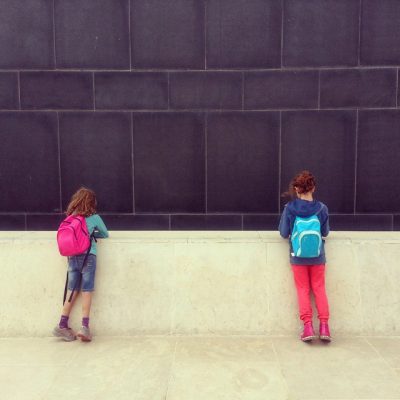
The building of the Shrine of the Book houses / the Dead Sea Scrolls/ consists of a white dome over a building located two-thirds below the ground. The dome is reflected in a pool of water that surrounds it. Across from the white dome is a black basalt wall. The colors and shapes of the building are based on the imagery of the Scroll of the War of the Sons of Light Against the Sons of Darkness, whereas the white dome symbolizes the Sons of Light and the black wall symbolizes the Sons of Darkness. The interior of the shrine was designed to depict the environment in which the scrolls were found. The entire structure was designed to resemble a pot in which the scrolls were found. (wikipedia)
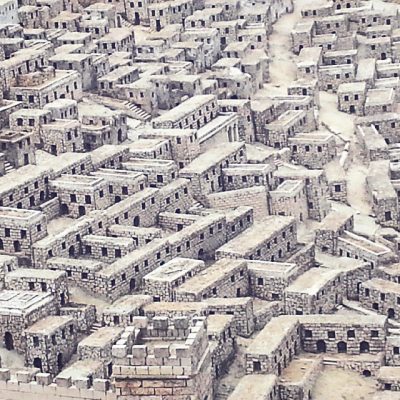
The Model of Jerusalem in the Second Temple Period, reconstructs the topography and architectural character of the city as it was prior to its destruction by the Romans in 66 CE, and provides historical context to the Shrine’s presentation of the Dead Sea Scrolls…
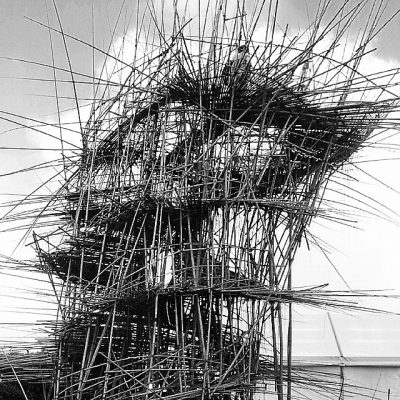
We came the day of the destruction of this amazing art installation!!! so we could not enter the bamboo Forest or climb upward through it and view Jerusalem from above the Art Garden. however, just watching it was a delight!
“The concept of Big Bambú has nothing to do with bamboo; it represents the invisible architecture of life and living things“: 10,000 bamboo poles, 80,000 meters of climbing rope, 25 rock climbers, 7 weeks, 350 hours, and not a single architectural sketch. American artists Mike and Doug Starn were invited to use the Museum’s Art Garden to create Big Bambú – a 17-meter high installation built entirely of bamboo. The artists chose to name their Jerusalem installation 5,000 Arms to Hold You.
Big Bambú grew and developed over time as a living organism, embodying the tension between order and chaos, and reflecting the constantly changing realities of nature, social constructs, and culture.
Indiana’s iconic work “LOVE” (Ahava in Hebrew) was first created for a Christmas card for the Museum of Modern Art in 1964 and in 1973 was selected for a United States postage stamp, the first of their regular series of “Love” stamps. Sculptural versions of the image have been installed at numerous American and international locations. In 1977 he created a Hebrew version using Cor-ten steel for the Israel Museum (wikipedia).
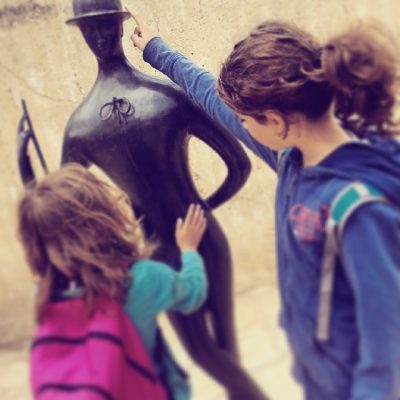
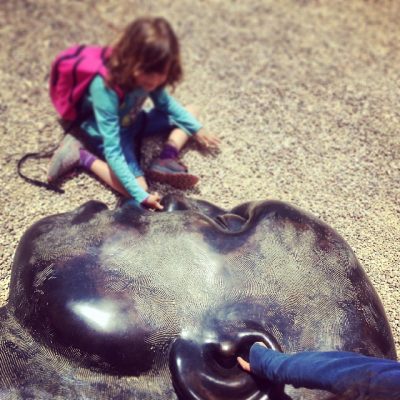
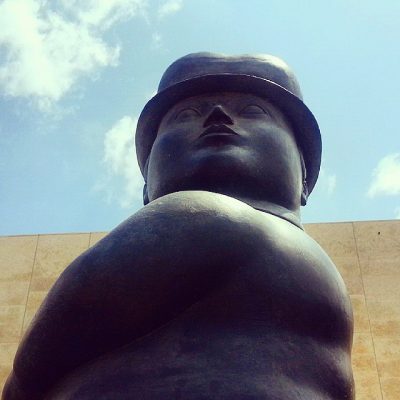
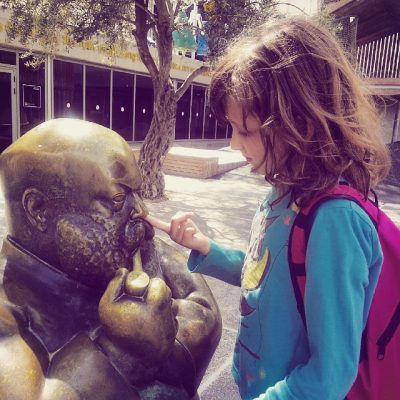
The Billy Rose Art Garden features modern and abstract sculptures. It Looks like children like the realistic noses and hears better !
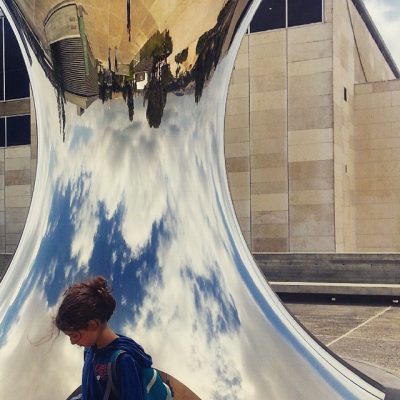
Love this Anish Kapoor sculpture, “Turning The World Upside Down”. Its made of polished stainless steel, stands 5 meters high and reflects an inverted image of the museum and the surrounding hills, a likely reference to the city’s duality of celestial and earthly, holy and profane”
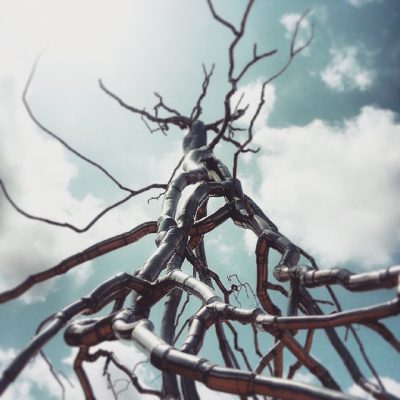
The installation of Inversion (2008), by American artist Roxy Paine – Rising 42-feet tall and hand-constructed out of over 7,000 metal plate, pipe, and rod stainless steel elements, Inversion was the first of Paine’s sculptures from his Dendroid series in which the dendritic form appears upside down, all of its weight resting on the smallest and finest limbs.
Paine has said of Inversion: “It could be read as being emblematic of, and a monument to, how much we have altered the natural world. It could also be read as a meditation on humanity’s need to distill every entity into its component parts and then restructure them.” Paine’s long interest in the juxtaposition of nature and industry has brought form to an extensive body of work.
